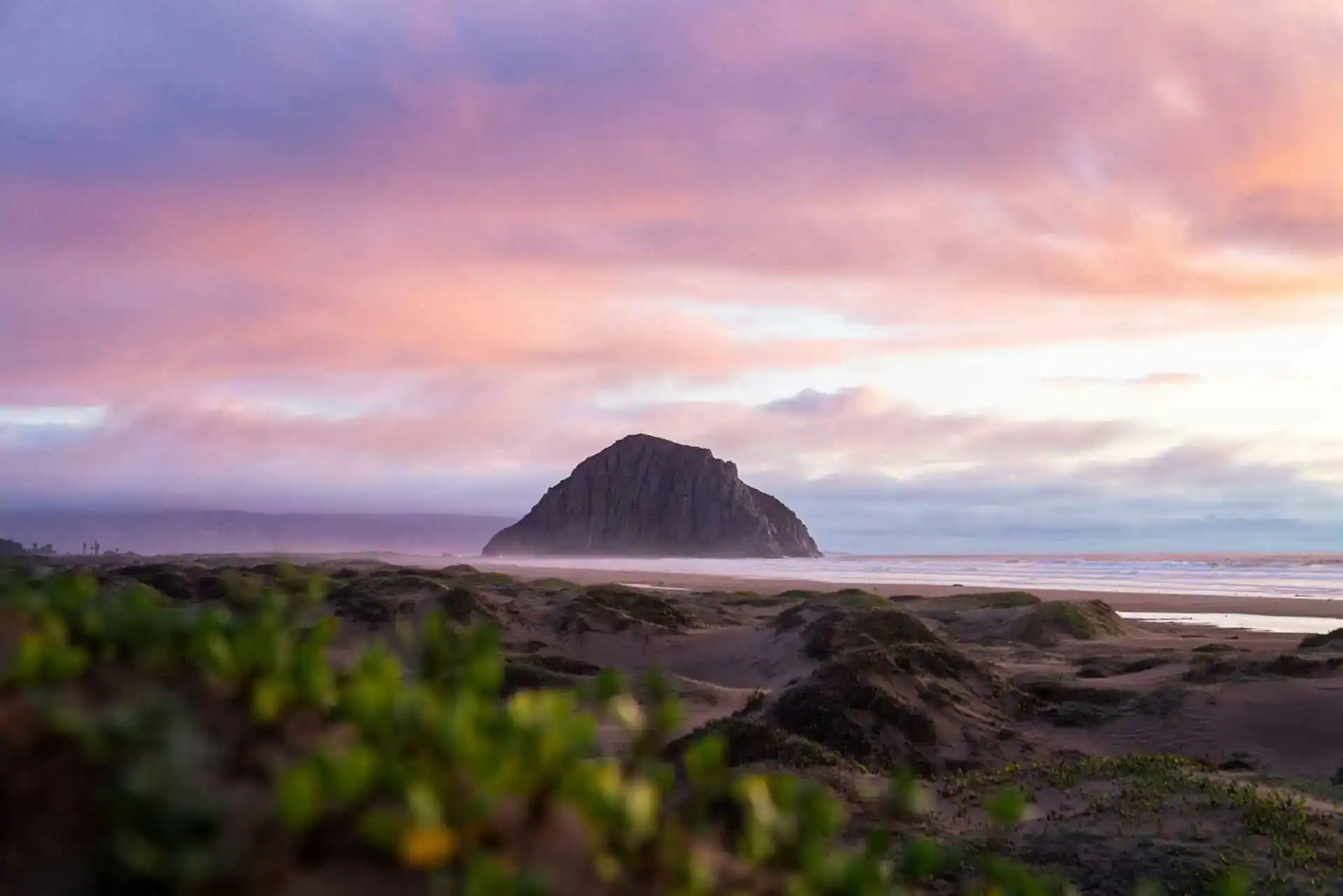
History Buffs! Photographers! Locals and Visitors! Don’t miss your chance to see vintage photographs produced from glass plate negatives dating from the late 1800’s. The work of photographer Richard J. Arnold whose studio was located on Monterey Street in San Luis Obispo, California from 1886 to 1892.
El Paso de Robles Area Historical Society proudly presents Shared Histories 2: More of R. J. Arnold’s Portraits of the Central Coast. Curated by Anthony Lepore, this historical photography exhibit is being shown at the Carnegie Library in Downtown City Park, Paso Robles, CA. Come experience this ongoing exhibit from February 24 through December 31, 2015, open Tuesday, Thursday, Friday & Saturday from 10am-4pm and Sunday from 11am-4pm. (Closed Mondays and Wednesdays)
The Evolution Of The Exhibit
In 2011 the El Paso de Robles Area Historical Society received over 1,400 19th-century glass plate photographic negatives; the largest collection of historic items received by the Society to date. The collection, the work of photographer R.J. Arnold, was donated by Jacqueline D. Marie in memory of Randal Gene Young. In April of 2012 Brother Lawrence Scrivani. S.M., archivist for the Cooper Molera Adobe in Monterey, California, came to Paso Robles to instruct Historical Society volunteers in the proper methods for cleaning, preserving, storing and cataloging the glass plate negative collection. A group of dedicated volunteers then set to work in the basement office of the Carnegie to clean and catalog the negatives, which had been stored in less than ideal conditions for many years.
In December 2012, Anthony Lepore, Master of Fine Arts, Yale University, came to Paso Robles and spent several days going through the negatives, carefully making the selections that would become the basis for the Historical Society’s first exhibit SHARED HISTORIES: R.J. Arnold’s Portraits of the Central Coast. The fragile glass plate negatives were scanned in high resolution allowing us to produce large prints. At the time of their creation these negatives would only have been printed at their actual size (5” x 8”) but current technology allows us to look even deeper into these astonishing portraits. The collection of photographs also points to the diversity of native and immigrant cultures prevalent in San Luis Obispo County during the second half of the 19th Century. In November 2014, Mr. Lepore returned to Paso Robles and made the selections for this current exhibit.
Through the years the identities of the individuals pictured in the exhibit have been lost leaving us to speculate about their personal stories and what life was like in this area over 125 years ago.
Many of the original glass plate negatives were damaged or in poor condition when received. The decision was made to print the photographs for the exhibit with these imperfections as they represent the current state of the plates and allows us to view them in their proper historical context.
About The Photographer
Richard J. Arnold

Arnold’s most significant contribution to early California photography was his choice to photograph all sorts of people, not limiting his subjects to paying clients. While most commercial photographers at the time photographed the wealthy and elite on commission, Arnold did not limit the diversity of his subjects based on their financial means. He created one of the largest and earliest portraits of the early Latino community in California. While he took commissions and ran a successful studio he was endlessly drawn to all types of people and his body of work presents a prescient vision of California’s cultural diversity. What also make his photographs so important and timeless is the empathy with which he connects to his sitters. There is an openness in their gaze and an ease in their gesture.
The original prints that Arnold produced during his lifetime would have been cropped into the traditional Victorian oval, which was highly favored at the time and tended to focus on faces and torsos. In this exhibition we have printed the full plates revealing the surprises and details of Arnold’s photographic process and giving us a glimpse into his studio.









